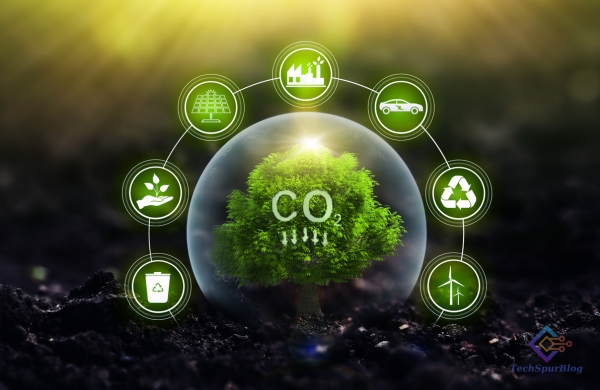
Recent research conducted in the United States has shed light on the significant energy consumption of artificial intelligence processes, revealing startling disparities in the environmental impact of various AI models. The study, carried out by the University of Carnegie Mellon in collaboration with Hugging Face, an organization specializing in AI development, delved into the energy efficiency of different language models, uncovering concerning findings.
The investigation, involving 1,000 requests across diverse AI technologies, elucidated substantial variations in energy consumption. Notably, while AI chatbots demonstrated lower energy consumption, the conversion of text prompts into images emerged as the most energy-intensive process.
Also Read: XCV Panel – Extremely Conductive and Versatile Solar Technology
On average, text-based responses consumed 0.42 kWh (kilowatt-hours), whereas generating an image demanded 1.35 kWh. Moreover, the study highlighted an alarming energy consumption peak of 11.49 kWh, equivalent to nearly 950 full smartphone charges, for less efficient models—a stark revelation prompting a call for attention toward energy-efficient AI development.
The study didn’t solely focus on energy consumption but also examined CO2 emissions attributed to AI models. Results paralleled energy findings, indicating that text-oriented AI models were less environmentally impactful compared to image-generating models.
The research revealed a discrepancy between task-specific AI models and generalized ones. Task-specific models, requiring fewer parameters, emitted lower CO2 levels, approximately 0.3 g for text-focused models versus up to 10 g for less efficient ones. In contrast, image-focused models emitted higher CO2 levels, ranging from 4 g to 30 g, due to the extensive data processing required.
Also Read: Solar-Powered Gadgets for Unplugged Adventures
Moreover, the study highlighted that the environmental impact isn’t solely confined to the generation of AI responses but extends to the training phase, attributing the higher energy consumption and CO2 emissions to the sheer volume of parameters analyzed.
In light of these findings, researchers emphasize the need for more energy-efficient AI development strategies. They anticipate that further studies will aid developers in devising more sustainable methods to drive innovation in the field, highlighting this study as an initial step towards fostering environmentally conscious AI technologies.

Leave a Reply